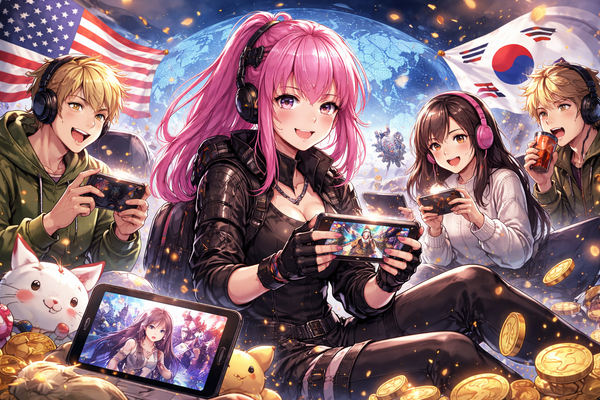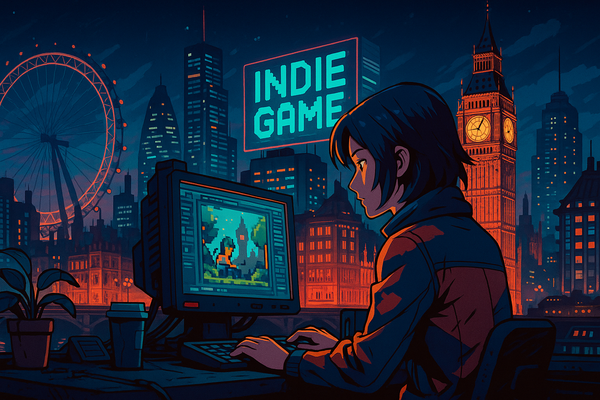Maximizing retention through Post-Launch updates: Best practices for indie developers
Releasing a game is only the beginning. For indie developers, long-term success hinges on retaining players well beyond launch. Regular post-launch updates, community engagement, and strategic content additions are essential to keep players invested. In this article, we explore best practices for retaining players and building loyalty through post-launch support.
1. Consistent content updates and expansions
Regular content updates keep the game fresh and give players reasons to return. Whether you’re adding new levels, characters, or in-game events, frequent updates help maintain interest and engagement. Games like Fortnite and Overwatch have successfully used seasonal updates to keep players invested over long periods(Argentics)(Starloop Studios).
For indie developers, the key is to plan these updates during the initial development phase. By setting aside resources for future content, you can deliver consistent updates without overwhelming your team. Early planning helps streamline the update process, allowing you to focus on the most impactful changes, whether they’re new mechanics, levels, or cosmetic items.
2. Re-engaging lapsed players
It’s natural for some players to drift away over time, but targeted strategies can bring them back. Launching campaigns that highlight new content, events, or exclusive rewards can rekindle interest. Email campaigns or push notifications can serve as effective reminders of what’s new in the game(Wardrome).
For example, a "We Miss You" campaign that offers returning players exclusive bonuses, such as rare items or in-game currency, can act as a strong incentive. Keeping these messages personalized and relevant to player preferences ensures that they resonate with your audience.
3. Leveraging player feedback for continuous improvement
Player feedback is an invaluable resource for improving your game. In the post-launch phase, gathering player insights through surveys, forums, or direct interaction helps developers identify bugs, balance issues, and new feature ideas(Machinations.io). Developers should create structured feedback loops, analyze patterns in player responses, and prioritize fixes based on what will most enhance the player experience.
Incorporating feedback into regular updates not only improves the game but also fosters a sense of collaboration between developers and players, building a stronger, more engaged community(Wardrome).
4. Community Building and Transparent Communication
A strong community is a powerful tool for player retention. Platforms like Discord, Reddit, and in-game forums allow players to interact, share experiences, and form bonds that tie them to your game. By hosting regular events, challenges, or developer Q&A sessions, you can create a vibrant community that keeps players invested(Wardrome).
Transparency is also crucial. Openly discussing upcoming features, development challenges, and bug fixes with your community fosters trust. Games like Cyberpunk 2077 recovered player trust by maintaining transparency and offering consistent updates following a troubled launch(Wardrome).
5. Monetization and Player Satisfaction
Monetization strategies, such as DLCs, cosmetic items, or in-game purchases, are common in post-launch updates, but they must be implemented carefully. Over-monetization or aggressive microtransactions can erode player trust. Ethical monetization focuses on providing value without compromising the player experience.
Cosmetic items, season passes, or content expansions that enhance the game without introducing a pay-to-win dynamic have proven to be successful in retaining long-term player loyalty. Implementing fair and transparent monetization can ensure that players remain satisfied while generating revenue for ongoing development.
Post-launch support is a critical component of player retention. By delivering consistent updates, re-engaging lapsed players, listening to feedback, and building a strong community, indie developers can ensure that their games have long-lasting appeal. With thoughtful planning and transparent communication, you can keep players engaged and excited for what’s next.
Tags:
- Indie Game Post-Launch Support
- Player Retention Strategies
- Content Updates for Games
- Community Engagement in Gaming
- Monetization in Indie Games



